- Learning time
- 20 minutes
- First play time
- 60 minutes
Flamme Rouge
Designed by: Asger Harding Granerud
In Flamme Rouge each player controls a pair of cyclists, and your goal is to get one of them to finish the race first.
The ‘board’ is actually a track that can be set up in a variety of ways, but the game comes with some recommendations to get you started, based on famous routes utilised by the Tour De France. Once the track is set up, each player takes a deck of cards for each of their cyclists, showing a certain amount of moves forward your cyclist will make on the track this turn (minimum 2, maximum 9). On every round, you deal yourself four cards per cyclist, and choose one to play. The rest go face-up at the bottom of your deck. Everyone reveals their cards at the same time, then they’re resolved from front to back on the track, moving your cyclist forwards.
What stops Flamme Rouge from being a total luck-fest is a number of things. One is that every card you play is not shuffled back into your deck when you run out of cards, so spending those valuable 9 cards early on may come back to haunt you. Two is that riders at the front of the pack are taking the wind for the peloton behind, and have to shuffle an exhaustion card (value 2) into their deck. Finally, any riders just one space behind a rider in front of them move up a space, ulitising their slipstream.
Add to that the fact there are mountains to climb (maximum movement 5) and go down (minimum movement 5, even if you play a card with a lower value) and Flamme Rouge becomes a tense mixture of luck-pushing and tactics. More than one player may cross the line at the end (you play to the end of the round whenever at least one player does so) so the player furthest past the line is pronounced winner.
The guru's verdict
-
Take That!
Take That!
So minimal as to be absent. Blocking can happen (when you can't move as far as you'd like as other riders are in your way) but it's most often inadvertent.
-
Fidget Factor!
Fidget Factor!
Very low. Everyone plays at the same time, and you only have one card to choose from.
-
Brain Burn!
Brain Burn!
Low, but don't think it's purely luck.
-
Again Again!
Again Again!
Different races, and cards coming out randomly... there's some variability here.

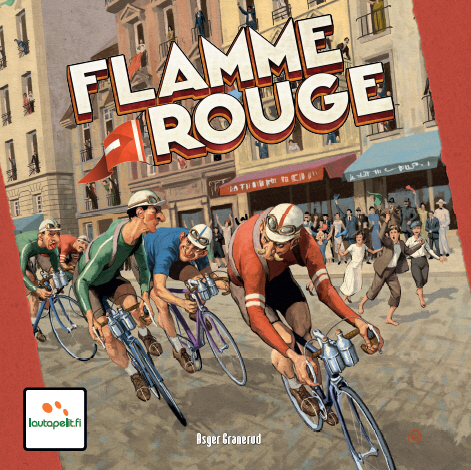

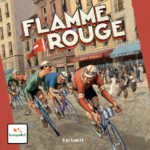
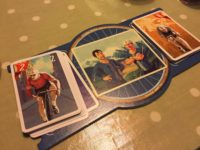
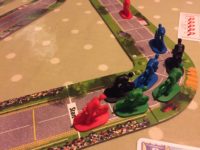
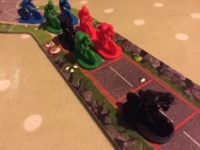
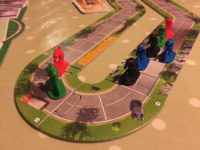



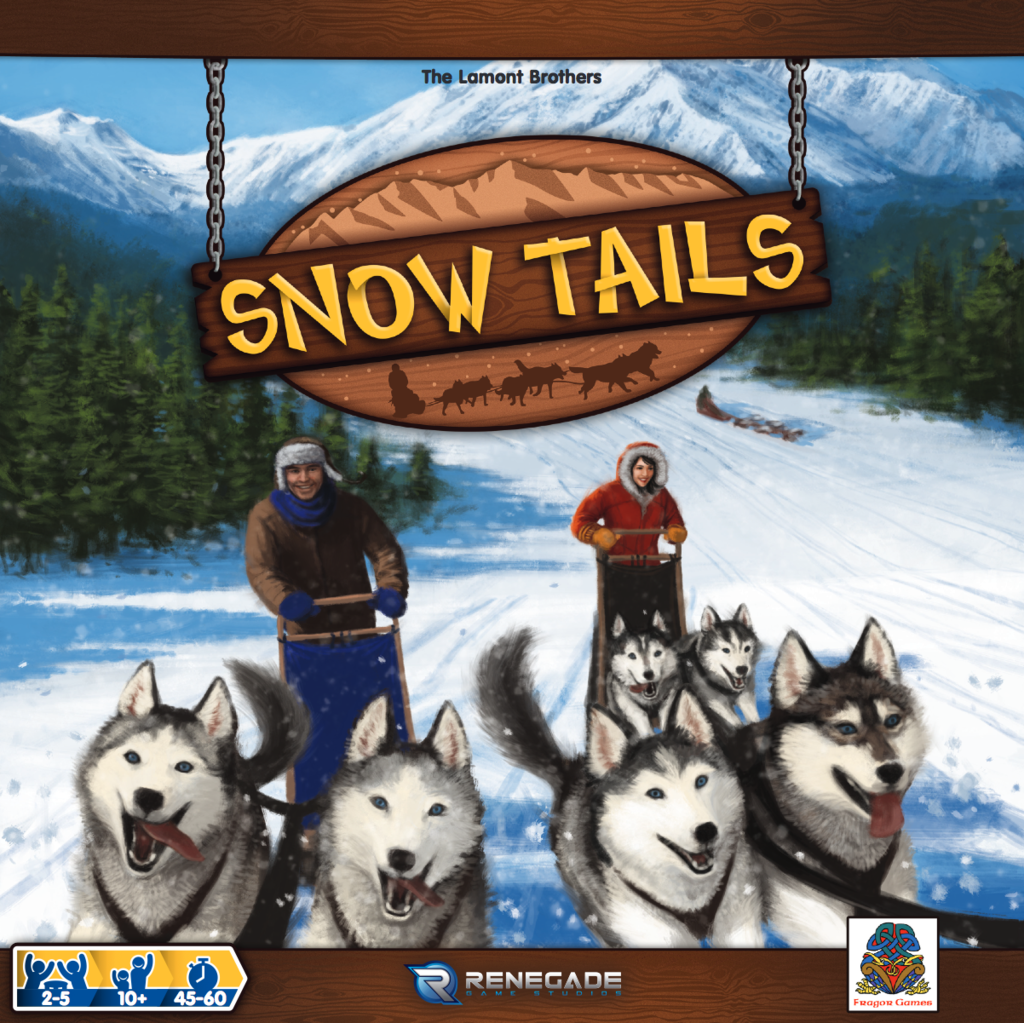

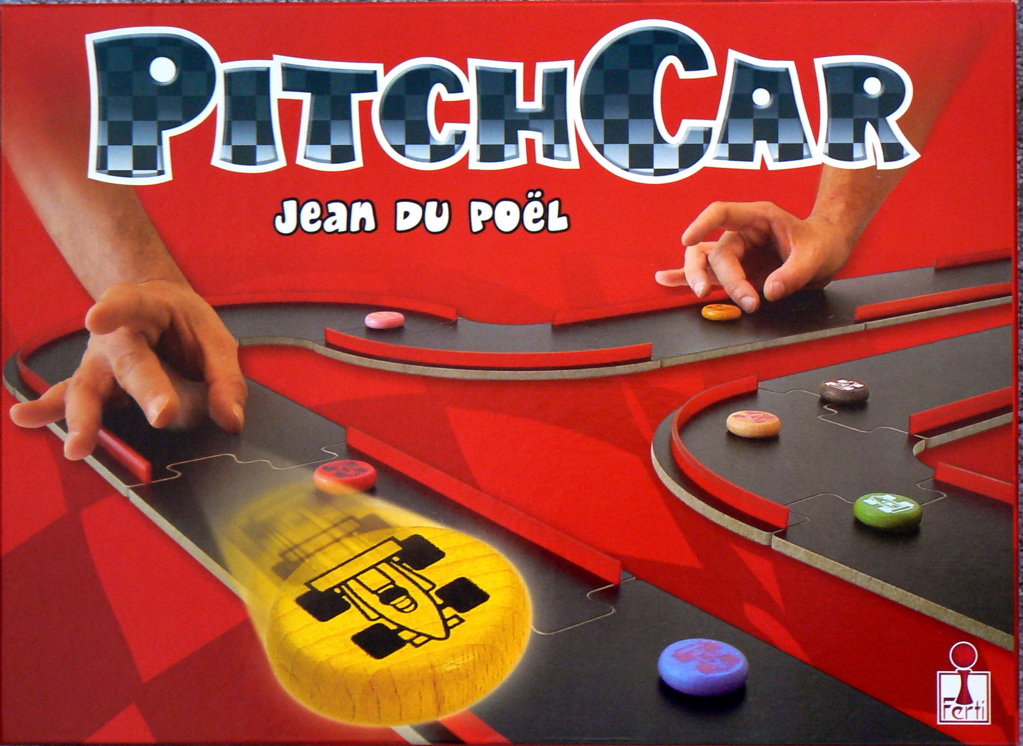
Sam says
There is luck in Flamme Rouge, but it's very unlikely that someone playing randomly will win, and even less so that someone playing all their high cards as soon as they can will do so. Those exhaustion cards can really peg you back, and the tiny increments made by slipstreaming can be the difference between winning and losing. A fun game for almost any age, and one I enjoy a good deal.